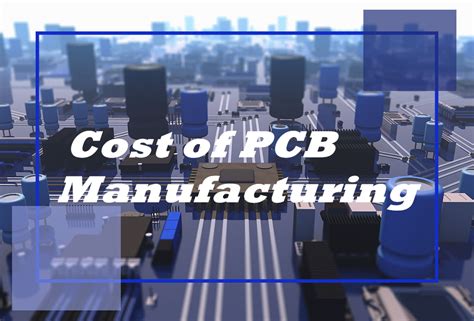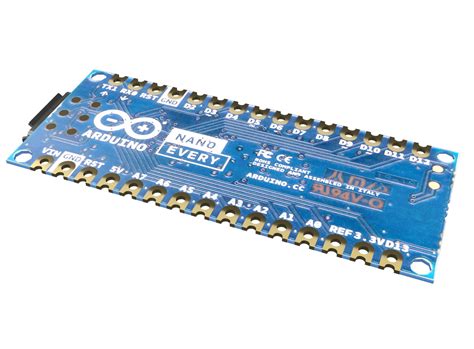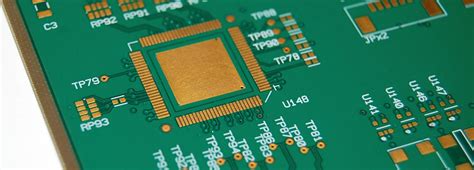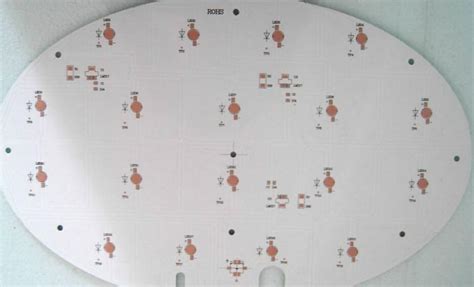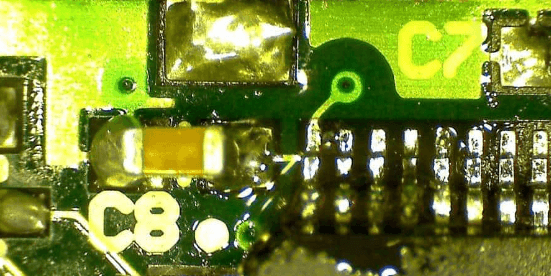Understanding the Costs of Setting Up a PCB Manufacturing Plant
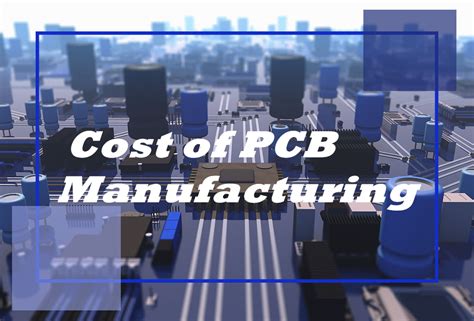
Key Takeaways
When considering entering the pcb manufacturing sector, it’s essential to understand the multifaceted nature of pcb manufacturing costs. Establishing a pcb manufacturing business is a significant investment, and various elements contribute to the overall financial requirements. For starters, the size of your facility plays a crucial role; larger plants may incur higher initial expenditures but can achieve economies of scale over time. Additionally, the types of equipment you select directly impact both upfront costs and ongoing operational expenses. For instance, advanced machinery can enhance production efficiency but may require a substantial initial outlay.
Moreover, your location is another critical factor affecting costs; regions with higher labor rates or stricter regulations might increase your investment compared to those with more favorable conditions. As you develop your budget, consider not just the immediate setup expenses but also long-term financial considerations such as maintenance and staffing.
"Proper planning is indispensable in ensuring that your pcb manufacturing venture remains profitable."
This quote emphasizes the importance of thorough preparation as you explore partnerships with reliable pcb manufacturing companies for additional insights and support in navigating these complexities. Always research thoroughly to ensure that your decisions align with market demands and technological advancements in the field.

Introduction to PCB Manufacturing Plant Costs
Establishing a PCB manufacturing plant is a significant investment, and understanding the implications of pcb manufacturing cost is crucial for anyone interested in entering this evolving industry. You must consider various elements that contribute to the overall expenses of pcb manufacturing companies. The initial setup often involves substantial capital for facilities and equipment, which can vary greatly based on the scale of your operation. For instance, a larger plant may require more advanced machinery and a more extensive workforce, thereby increasing costs significantly. Beyond equipment and size, location plays an essential role in determining expenses, including labor costs, utility prices, and logistical considerations. As you navigate this complex landscape, it’s important to budget for both initial setup costs and ongoing operational expenses to build a sustainable pcb manufacturing business. By comprehensively evaluating these factors, you can make informed decisions that align with your financial goals in the electronics sector.
Factors Influencing the Cost of PCB Manufacturing
When assessing the pcb manufacturing cost, various factors come into play that can significantly affect your business’s financial requirements. One of the primary determinants is the plant size; larger facilities typically require higher initial investments but may offer economies of scale that reduce costs per unit over time. Additionally, you must consider the types of equipment you will need, as different machines can vary greatly in price and functionality. For example, advanced machinery may enhance production efficiency but could necessitate a larger capital outlay.
Another critical aspect is the location of your manufacturing plant. Proximity to suppliers, labor availability, and access to transportation networks can all influence costs. Urban centers may provide better access to a skilled workforce but often come with higher rental or land prices compared to rural areas. Thus, when planning your pcb manufacturing business, examining local market conditions and infrastructure is essential.
For your budgeting purposes, it’s important to factor in both initial setup costs and ongoing operational expenses. The table below summarizes the key cost factors to consider when establishing a PCB manufacturing plant:
| Cost Factors | Description |
|---|---|
| Plant Size | Larger plants may lower costs per unit but require more capital upfront. |
| Equipment Types | Costs vary depending on technology and specifications needed for production. |
| Location | Affects land acquisition costs, labor availability, and logistics expenses. |
| Initial Setup Expenses | Includes machinery purchase, installation, and infrastructure setup. |
| Operational Expenses | Ongoing costs like labor, utilities, maintenance, and raw materials. |
Understanding these elements is crucial for navigating the complexities associated with starting your own venture in this competitive industry dominated by various pcb manufacturing companies around the world. By diligently analyzing these factors, you can make well-informed decisions to ensure the sustainability of your operation in the long run.
Plant Size: A Key Determinant in Cost
When considering the pcb manufacturing landscape, one of the most significant factors affecting the overall pcb manufacturing cost is the size of the plant. The scale at which you decide to operate directly influences not only initial capital expenditures but also ongoing operational costs. A larger pcb manufacturing business often incurs higher startup costs due to increased expenses related to land acquisition, building infrastructure, and installing machinery. Additionally, larger facilities may require more personnel, which adds to your payroll and benefits expenses.
Conversely, a smaller facility may seem appealing due to lower initial outlays; however, you should weigh this against potential revenue limitations resulting from reduced production capacity. Furthermore, within pcb manufacturing companies, economies of scale often play a critical role—larger plants can achieve lower per-unit production costs as fixed costs are spread across a greater output. This can significantly impact your profitability over time.
Ultimately, you need to analyze your target market and decide how much demand exists for your products before locking in plant size. A proper balance between size and capability for your specific pcb manufacturing niche can set the foundation for a successful operation while keeping expenses manageable. Careful consideration of these dynamics will be key in ensuring that your venture into pcb manufacturing aligns with both your financial goals and market needs.
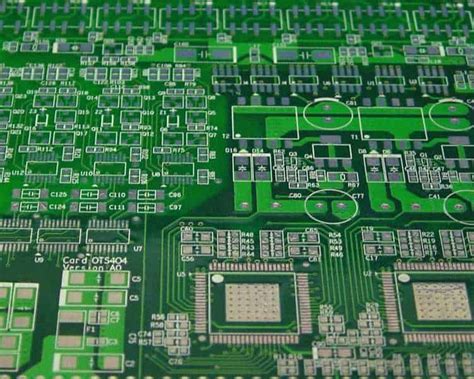
Types of Equipment Required for PCB Manufacturing
When venturing into the world of PCB manufacturing, understanding the types of equipment required for your operation is crucial. The selection of machinery directly impacts the PCB manufacturing cost, making it essential to choose wisely based on your business needs. At a minimum, you will need printed circuit board (PCB) design software, which allows for the design and testing of circuit layouts before production. Additionally, PCB fabrication equipment such as photoplotters, etching machines, and solder mask applicators are necessary to transform your designs into physical boards. Assembly machines are equally important for the next phase, where components are affixed to the PCB. Depending on your ambition and scale, investing in a pick-and-place machine can enhance speed and precision during assembly, potentially setting you apart from other PCB manufacturing companies in a competitive market. You should also consider testing equipment, which is vital for ensuring quality control throughout your production process. By carefully evaluating these essential tools and their costs upfront, you can significantly influence the overall budget needed to launch your PCB manufacturing business successfully.
The Impact of Location on Manufacturing Costs
When embarking on a pcb manufacturing business, one of the most significant factors to consider is the location. Different regions may present varying pcb manufacturing costs due to several reasons. For instance, labor costs can differ dramatically between urban and rural areas, impacting your overall operational expenses. Additionally, access to suppliers and distribution networks in certain locations can enhance efficiency, thereby affecting your bottom line. For example, if you set up your plant in a region with a concentration of pcb manufacturing companies, you could benefit from reduced shipping costs and quicker turnaround times for materials and components. Similarly, government incentives or tax breaks in specific areas can significantly reduce the initial setup costs. Moreover, proximity to major markets may also allow for reduced transportation expenses as you scale your operations. Therefore, understanding the impact of location on pcb manufacturing is crucial; it can greatly influence both your startup investment and long-term financial viability in this competitive industry. By evaluating these location-based factors carefully, you can make more informed decisions that align with your strategic objectives in establishing your pcb manufacturing venture.
Budgeting for Initial Setup and Operational Expenses
When you embark on establishing a PCB manufacturing plant, understanding the pcb manufacturing cost is crucial for effective budgeting. Initially, you’ll need to account for various operational expenses, which can range from leasing a facility to procuring materials. The costs will significantly depend on the scale of your operation; larger plants tend to have higher fixed costs but can benefit from economies of scale. It’s important to consider the types of equipment you will need, as pcb manufacturing companies often invest heavily in machinery like etchers, drills, and laminators. Each of these pieces contributes not only to the initial setup cost but also affects ongoing operational expenses due to maintenance and energy consumption. Furthermore, location plays a pivotal role in your budgetary considerations; urban areas may offer advantages like access to skilled labor but could also present higher rental costs. Therefore, creating a comprehensive budget that factors in all these elements is vital for launching a successful pcb manufacturing business and ensuring sustainability in a competitive electronics market. Understanding these financial intricacies will enable you to make informed decisions and align your resources effectively as you navigate the domain of pcb manufacturing.
Analyzing Long-Term Financial Considerations
When contemplating the establishment of a PCB manufacturing facility, it’s essential to deeply analyze the long-term financial implications associated with your investment. The pcb manufacturing cost can encompass various ongoing expenses that you will need to account for beyond the initial setup. Understanding these costs will help you formulate a sustainable financial strategy for your pcb manufacturing business. For instance, while selecting the size of your plant can significantly impact initial outlays, it also influences operational efficiency and subsequent production costs. You should consider how scaling your operations can lead to economies of scale, which may reduce your unit costs over time. Additionally, investing in high-quality equipment from reputable pcb manufacturing companies can entail higher initial expenses, but it often results in enhanced longevity and reduced maintenance costs, ultimately leading to significant savings in the long run. Moreover, controlling labor costs and maximizing workforce productivity must be a priority; thus understanding regional wage variations and local labor laws is crucial. Careful analysis of these factors allows you to project future expenses more accurately and positions you for success as you navigate the evolving landscape of the electronics industry. Adopting a comprehensive approach towards financial planning will enable you to ensure that your pcb manufacturing operations remain viable and profitable over time.

Conclusion: Making Informed Decisions in the Electronics Industry
As you embark on your journey into the world of pcb manufacturing, understanding the various costs associated with establishing a plant is crucial. Factors such as plant size and location can drastically influence the pcb manufacturing cost. Selecting the right equipment is equally important, as it not only affects initial setup costs but also ongoing maintenance and operational efficiency. Additionally, by examining long-term financial considerations, you can better gauge the viability of your pcb manufacturing business. If you are weighing potential partnerships, it’s worth noting that collaborating with established pcb manufacturing companies can offer insights and may alleviate some initial financial burdens. Ultimately, making informed decisions based on comprehensive cost analysis will pave your path towards a sustainable presence in the electronics industry, ensuring that your investments yield valuable returns while navigating these dynamically changing markets.
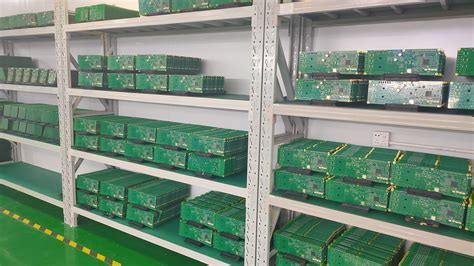
Conclusion: Making Informed Decisions in the Electronics Industry
Establishing a PCB manufacturing plant involves a variety of financial considerations that are crucial for your success in the electronics industry. From the outset, understanding the pcb manufacturing cost is essential. This includes both the initial investment for infrastructure and equipment as well as ongoing operational costs. As you analyze potential locations for your pcb manufacturing business, consider how geography influences factors such as labor costs, real estate prices, and supply chain logistics. Additionally, the size of your plant plays a significant role; scaling operations up or down can dramatically affect your overall expenditure.
When sourcing equipment from reputable pcb manufacturing companies, it’s wise to weigh options between high-end machinery versus more budget-friendly alternatives, as this decision will impact both your production quality and long-term costs. Maintaining a keen eye on market trends can also provide insights into potential fluctuations in material costs and labor availability that you may need to prepare for.
Ultimately, making informed decisions about every aspect of your pcb manufacturing operation will help you align with best practices in the industry, ensuring that you’re not only competitive but also positioned effectively to capitalize on emerging opportunities. By mapping out these dimensions carefully, you’ll be equipped to create a sustainable business model that meets both current demands and future growth aspirations.
FAQs
What is the average cost to set up a PCB manufacturing plant?
The average pcb manufacturing cost can vary widely depending on several factors such as location, plant size, and type of equipment used. Generally, you may expect the initial investment to range from hundreds of thousands to millions of dollars.
What factors should I consider when assessing pcb manufacturing companies?
When evaluating pcb manufacturing companies, consider their reputation, quality of materials, production capabilities, and delivery timelines. It’s also crucial to analyze their certifications and compliance with industry standards.
How can I reduce the overall cost of my PCB manufacturing business?
To minimize costs in your pcb manufacturing business, focus on process optimization, investing in modern equipment that enhances efficiency, and establishing strong relationships with suppliers for better pricing on materials.
Is it feasible to start a small-scale PCB manufacturing plant?
Yes, starting a small-scale pcb manufacturing plant can be feasible. Many successful businesses began with minimal setups and gradually expanded as demand grew. You must analyze market needs to ensure sustainable growth.
What role does location play in determining the cost of PCB manufacturing?
The location significantly impacts the costs involved in pcb manufacturing, as factors like labor rates, real estate prices, tax incentives, and accessibility to key suppliers vary greatly between regions.
For further insights into establishing your own PCB production line and understanding more about current market trends in this industry, please click here: https://www.andwinpcb.com/pcb-manufacturing/.

